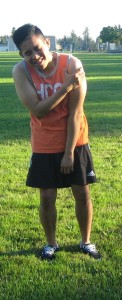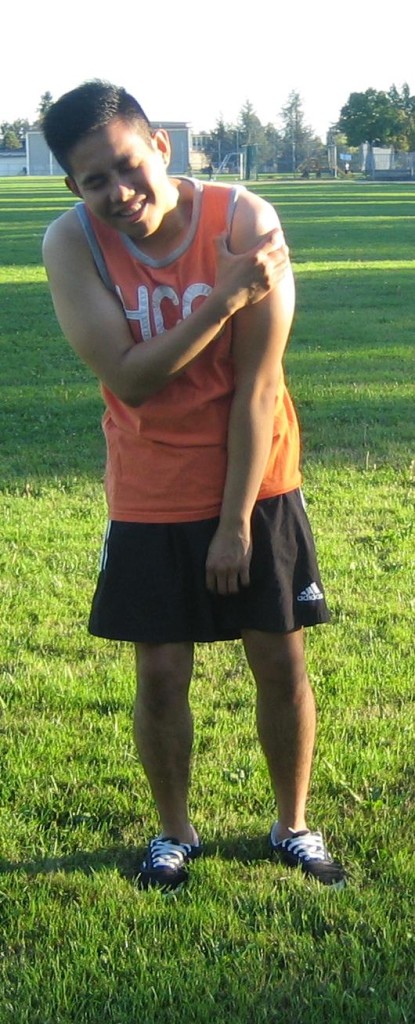Prickly heat typically affects infants who have sweat glands that easily clog up but can also affect older children and adults. It is important to note that prickly heat develops once the sweat glands responsible for cooling the skin rupture from being blocked and sweat leaks into the tissues which results to the rashes.
There are simple remedies that can effectively deal with prickly heat without requiring medical care, but due to the risk for secondary infection or severe distress, it might require further assessment by a healthcare professional.
Cooling techniques for prickly heat
It is vital to cool the affected area to effectively manage prickly heat. Since friction due to constricted clothing worsens the symptoms, it is recommended to opt for loose clothes that breathes and does not retain heat to alleviate the rash.
Cotton or other light fabrics must be used. Since the skin folds or creases are subjected to friction when clothing is worn, they are the usual spots where prickly heat occurs. Special care must be observed in avoiding tight-fitting clothes and non-breathable fabrics in these areas.
Other cooling measures include a lukewarm bath for infants while older children and adults who experience the rash can benefit from the added baking soda or oatmeal. A cool compress on the affected area for older children and adults and staying in an air conditioned room can help reduce the discomfort and heal the lesions.

Skin applications
You can also powder the skin or apply an antiperspirant to help dry out the surface and promote healing of the prickly heat rashes. Calamine lotion can be applied which is useful in some cases.
Antihistamines
The oral antihistamines such as diphenhydramine can be used to minimize the itchy, sensitive sensations of prickly heat but can also lead to drowsiness that can help the individual sleep.
The antihistamines ideally for children over 12 months are available in liquid form while children younger than 12 months old must not be given antihistamines unless prescribed by the doctor.
Prescription medications
The prescription medications can improve the rash or lessen the discomfort in some circumstances. The corticosteroid creams work by reducing the inflammation once applied on the affected areas.
In case secondary infection occurs after the blisters are broken due to scratching, the antibiotic creams inhibit the progress of deeper skin infections.

